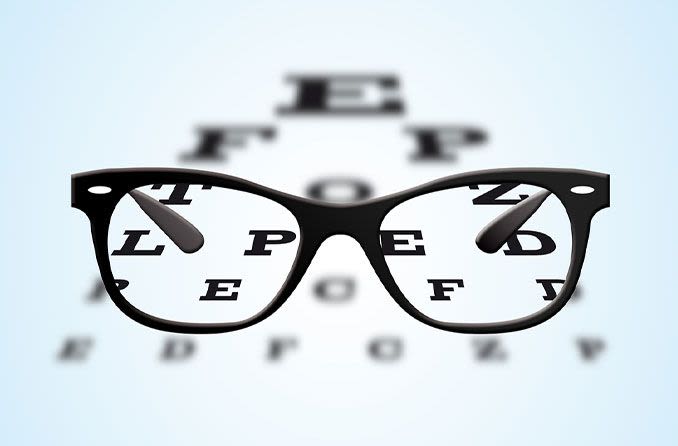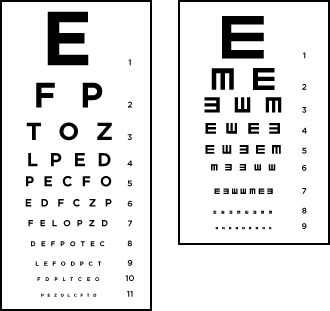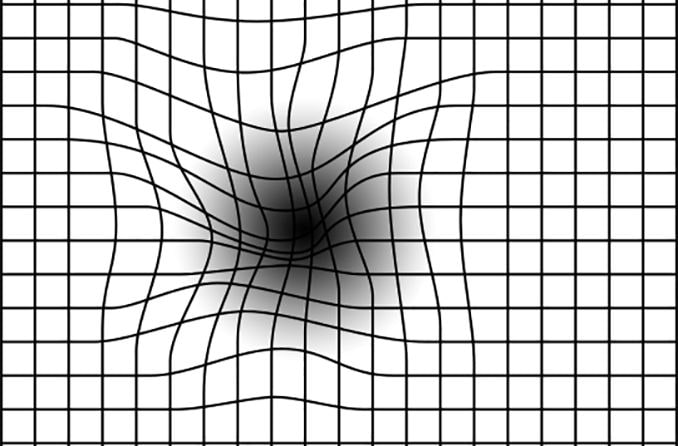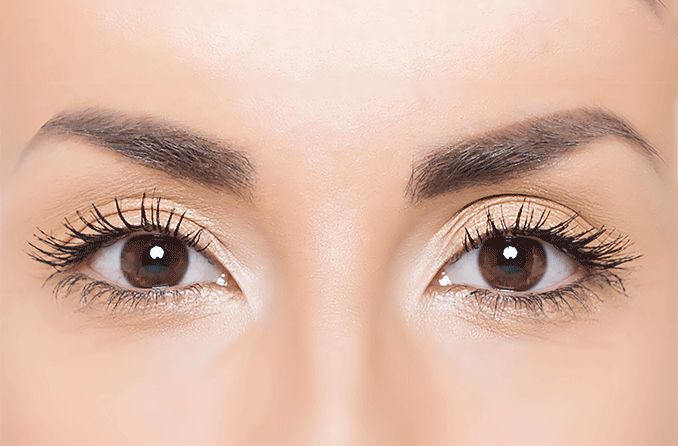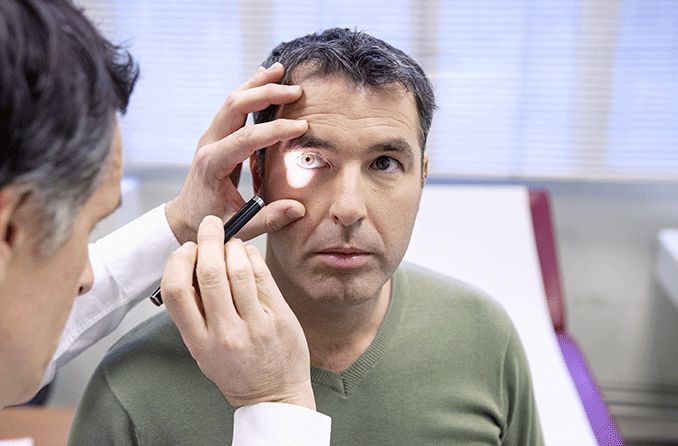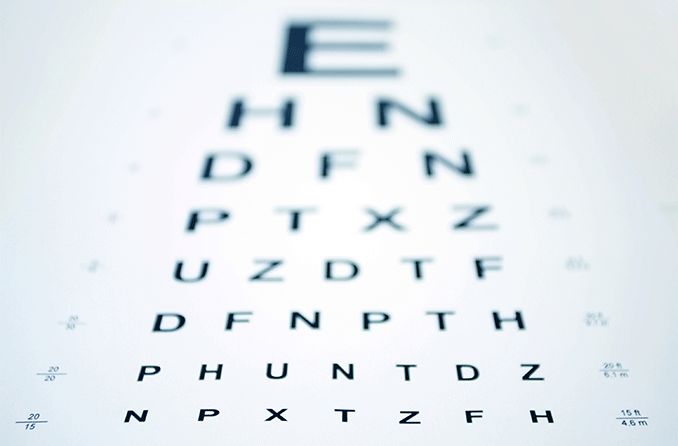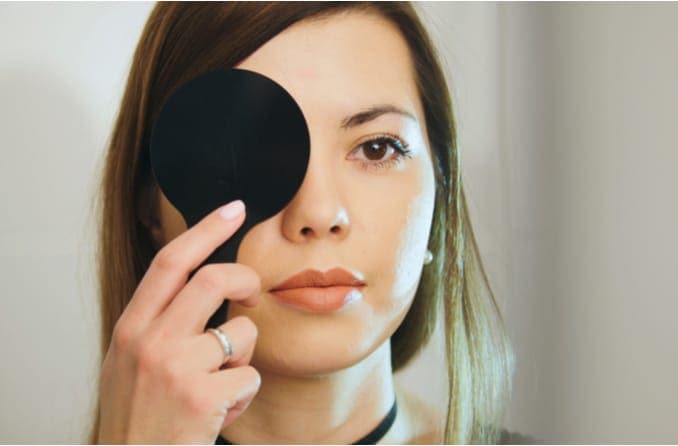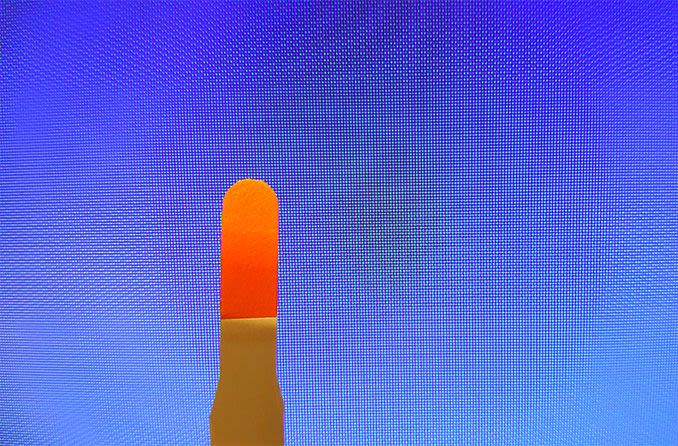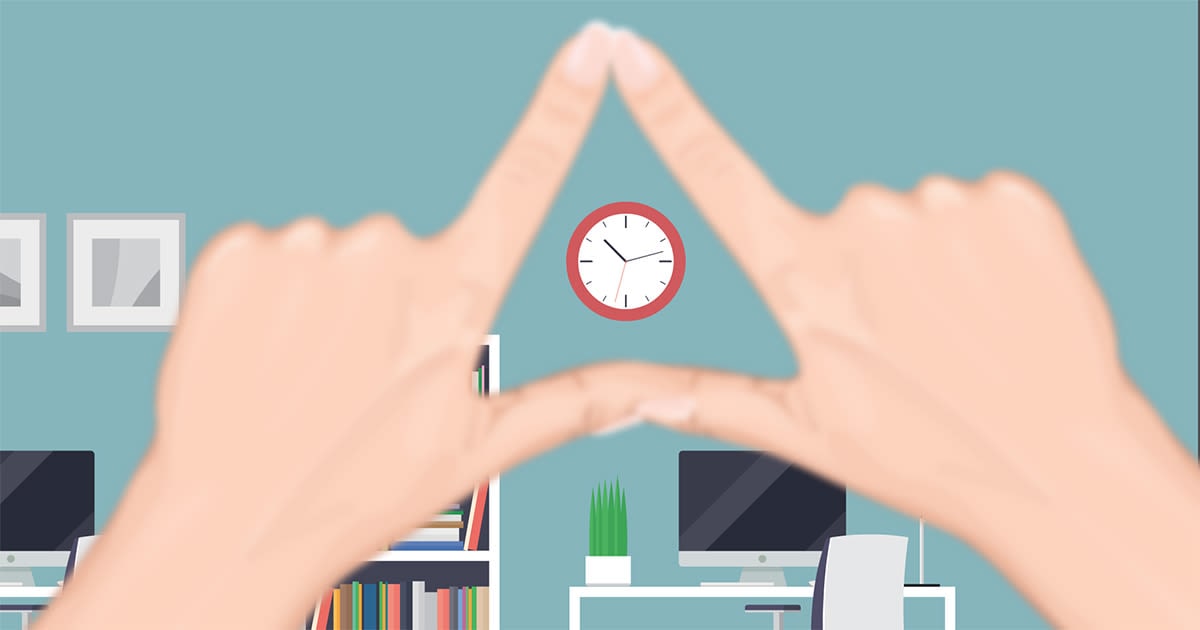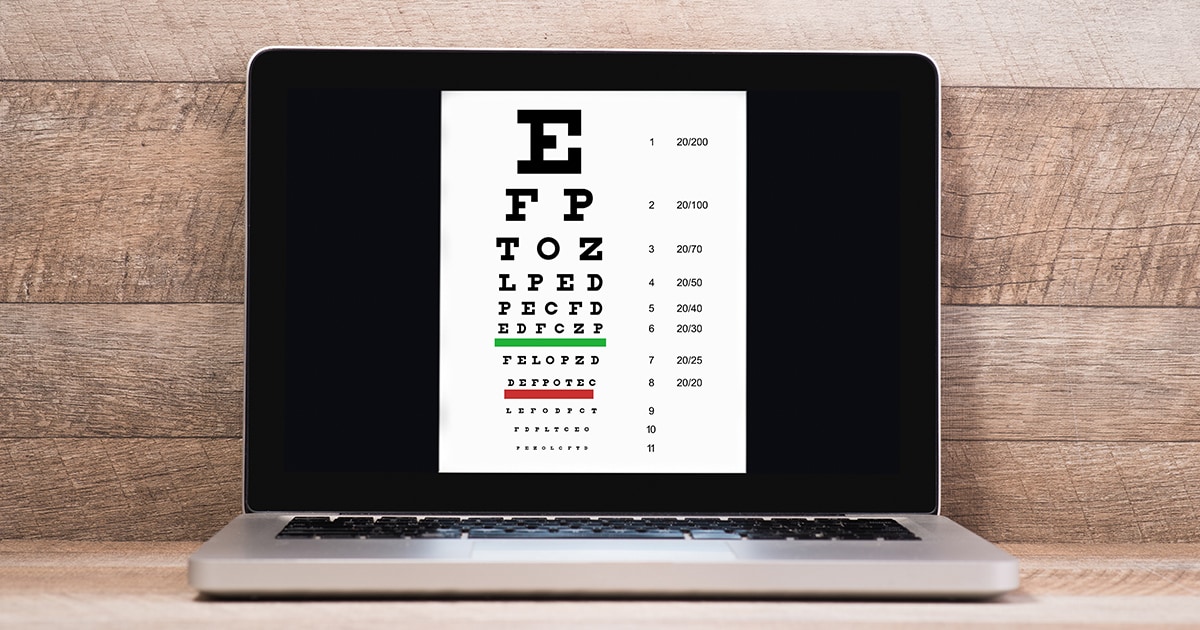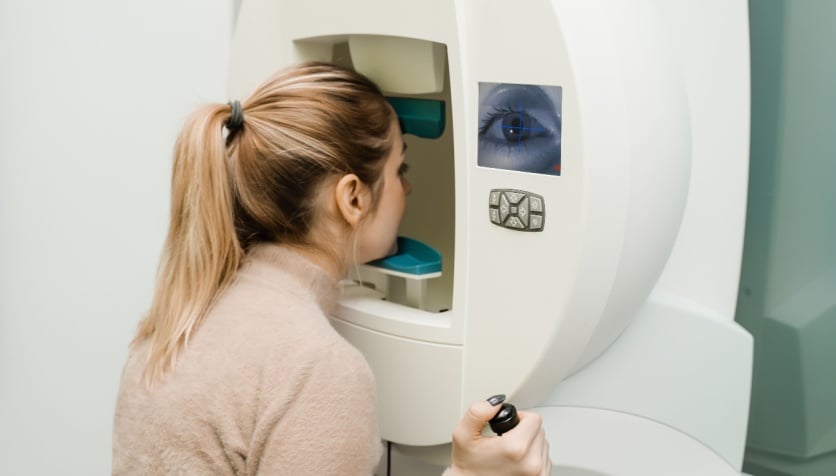What does “20/20” mean in an eye test?
20/20 vision is considered “normal” vision. It means that, while standing 20 feet away, you can read a letter that most human beings should be able to read from 20 feet.
In the United States, the standard placement of the eye chart is on a wall that’s 20 feet away from your eyes. However, since many eye doctors have offices shorter than 20 feet long, the eye chart may hang behind the patient chair and reflect onto mirrors to simulate a distance of 20 feet.
Eye charts can be configured in various ways. Generally, if you can read the big “E” at the top of the chart, but none of the letters lower than that, your vision is considered 20/200.
20/200 vision means that you can read a letter at 20 feet that people with “normal” vision could read at 200 feet. This means that your visual acuity is very poor.
In the United States:
- You are considered legally blind if your visual acuity is 20/200 or worse after any vision correction.
- You must have at least 20/40 vision after vision correction to obtain a driver’s license.
The 20/20 line of letters is usually fourth from the bottom, with 20/15, 20/10 and 20/5 below that.
Not many humans have 20/10 vision or better, but some animals do. It’s believed that most birds of prey have 20/5 acuity — or better.
